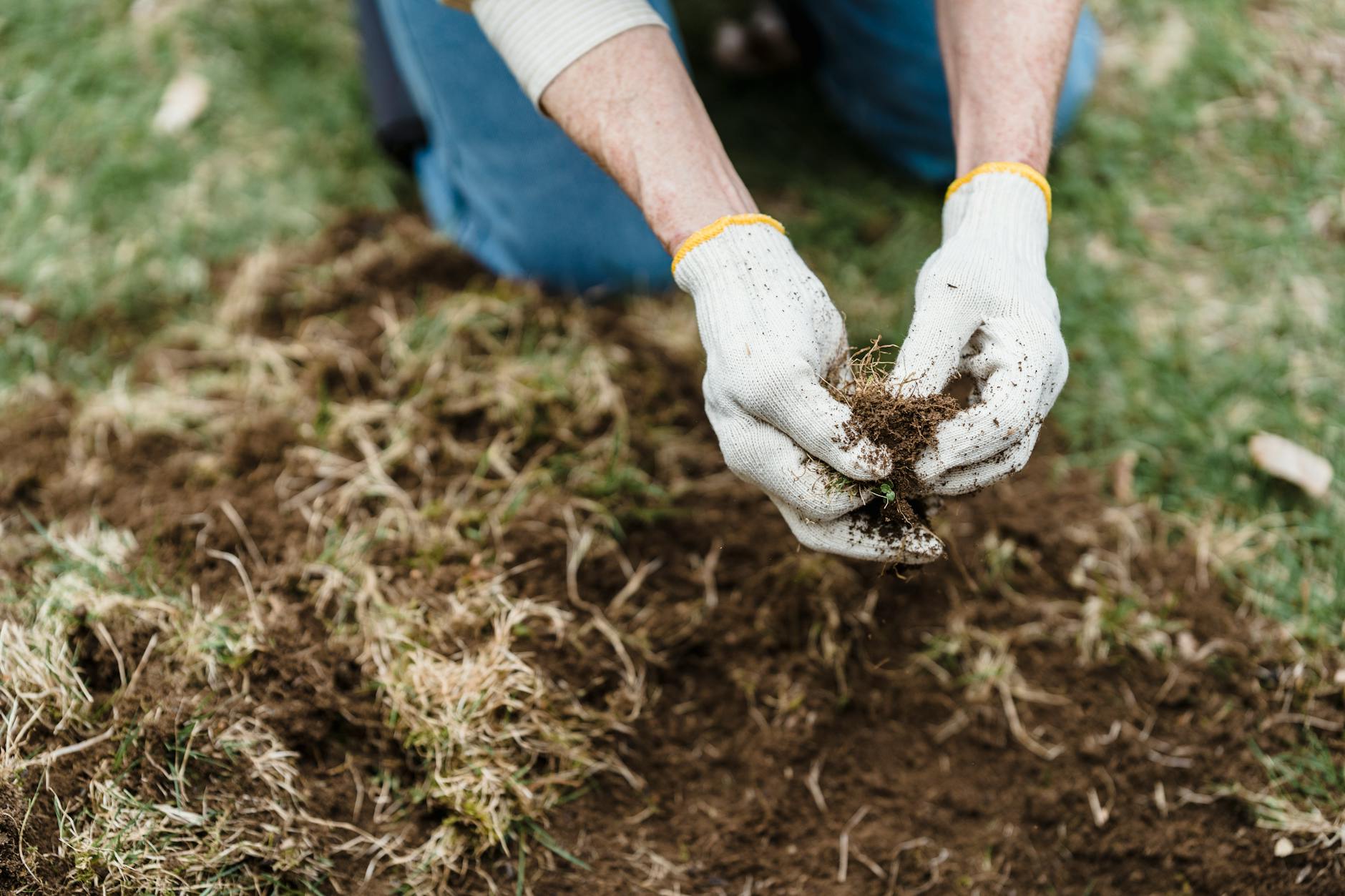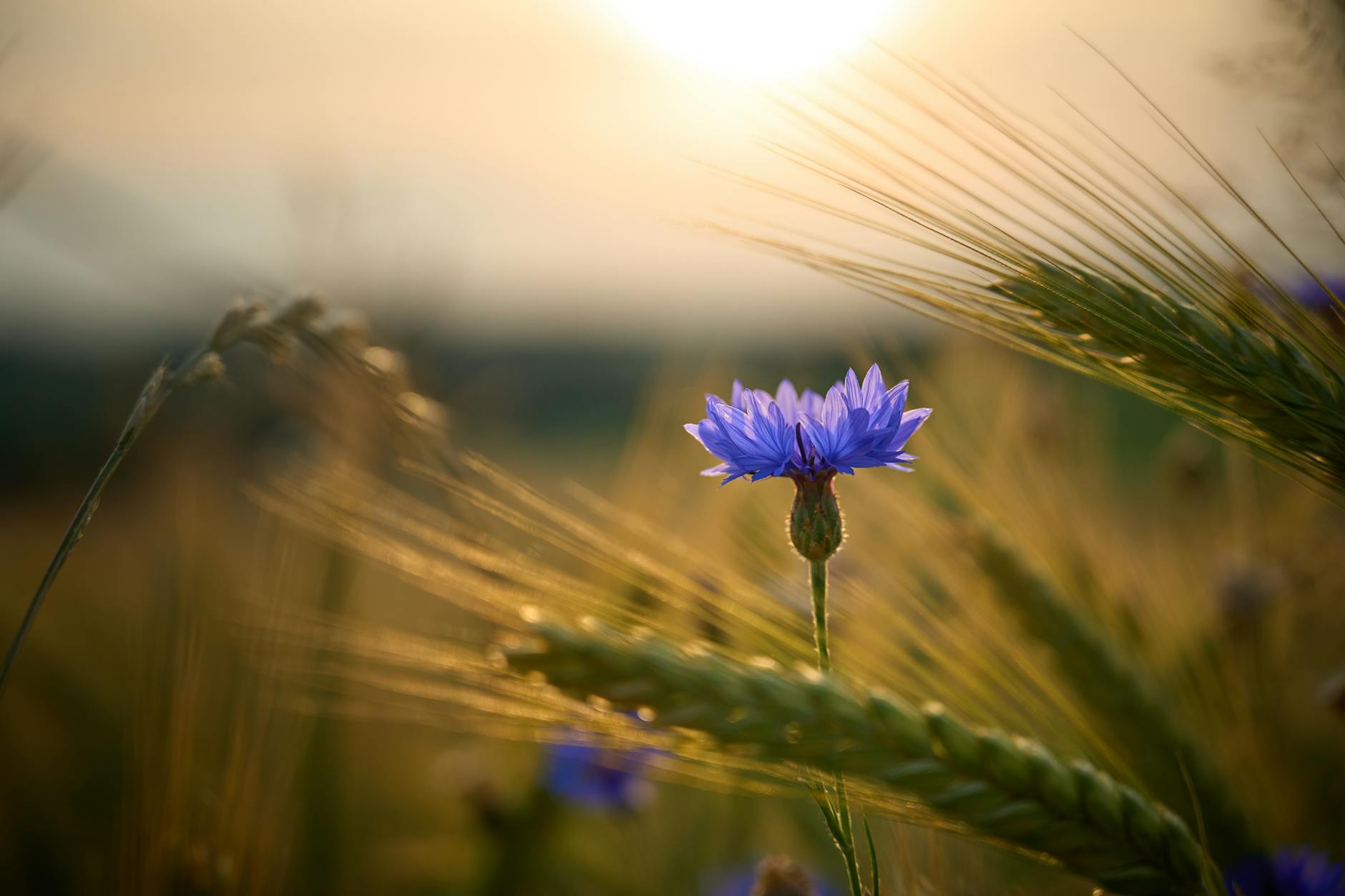The growing acceptance of cannabis worldwide has sparked interest in home cultivation, giving way to an explosion of various indoor cultivation practices. Among all the growing techniques, indoor cannabis cultivation is arguably the most complicated yet most rewarding. Ensuring everything from proper soil preparation to temperature control, to efficient lighting can be a daunting task, especially for a beginner. This article provides a beginner’s guide to cannabis cultivation indoors, walking you through all the necessary steps from seed to harvest.
Firstly, it’s important to acquaint yourself with the basics of hydroponics, a popular indoor cultivation technique. Hydroponics represents a method of growing cannabis in a soilless medium, usually using nutrient-enriched water to deliver nourishment directly to the plant’s root system. This system often results in quicker growth rates and denser bud production.
Bearing the foundation of hydroponics in mind, let us now delve into the various core elements that play critical roles in indoor cultivation.
Among the primary factors is the lighting system. Plants convert light into energy through photosynthesis, making appropriate lighting crucial to their survival and growth. The right lighting system for indoor cannabis cultivation usually involves HID (High-Intensity Discharge) lights or LED (Light Emitting Diode) lights. HID lights are more powerful and efficient for larger grows, while LEDs are more cost-effective for smaller grows.
Next up is soil preparation. While hydroponics eliminates the need for soil, many beginners might prefer traditional soil-based cultivation. A well-prepared soil mix ensures the plants get all necessary nutrients. The soil preparation should involve mixing equal parts of coco coir, perlite and earthworm castings, which create a light, fluffy soil with excellent water retention and nutrient delivery properties.
Speaking of nutrients, nutrient management is another vital aspect in cannabis cultivation. The use of proper nutrient management strategies ensures the healthy growth of your cannabis plants. Remember to use balanced NPK (Nitrogen, Phosphorus, and Potassium) fertilizers during the vegetative phase and switch to a low-nitrogen, high-phosphorus, and potassium formulation during flowering for the best results.
Equally as important as lighting and nutrients, is maintaining the proper temperature and humidity levels. The optimal temperature control for your cannabis plants should be between 70 – 85 degrees Fahrenheit during the vegetative stage, slightly cooler during flowering, with humidity levels decreasing as the plant matures.
Once you’ve successfully managed these factors, you’ll be greeted with the exciting phase of harvesting. Proper harvesting techniques involve carefully snipping away the buds, drying them slowly, trimming off excess leaves, and finally curing, or allowing them to sit in an airtight container for a few weeks. This will enhance their flavor and potency.
To sum up, indoor cannabis cultivation involves a multitude of factors that all work together to create a robust and successful harvest. It may seem complex initially, but armed with the basics outlined in this beginner’s guide, you are well on your way to becoming an accomplished indoor cannabis cultivator. When done right, the rewards of a thriving cannabis garden can be immense – both in terms of personal satisfaction and the quality of the harvest. So, don’t hesitate to give it a try, embark on an exciting journey of indoor cannabis cultivation today!

